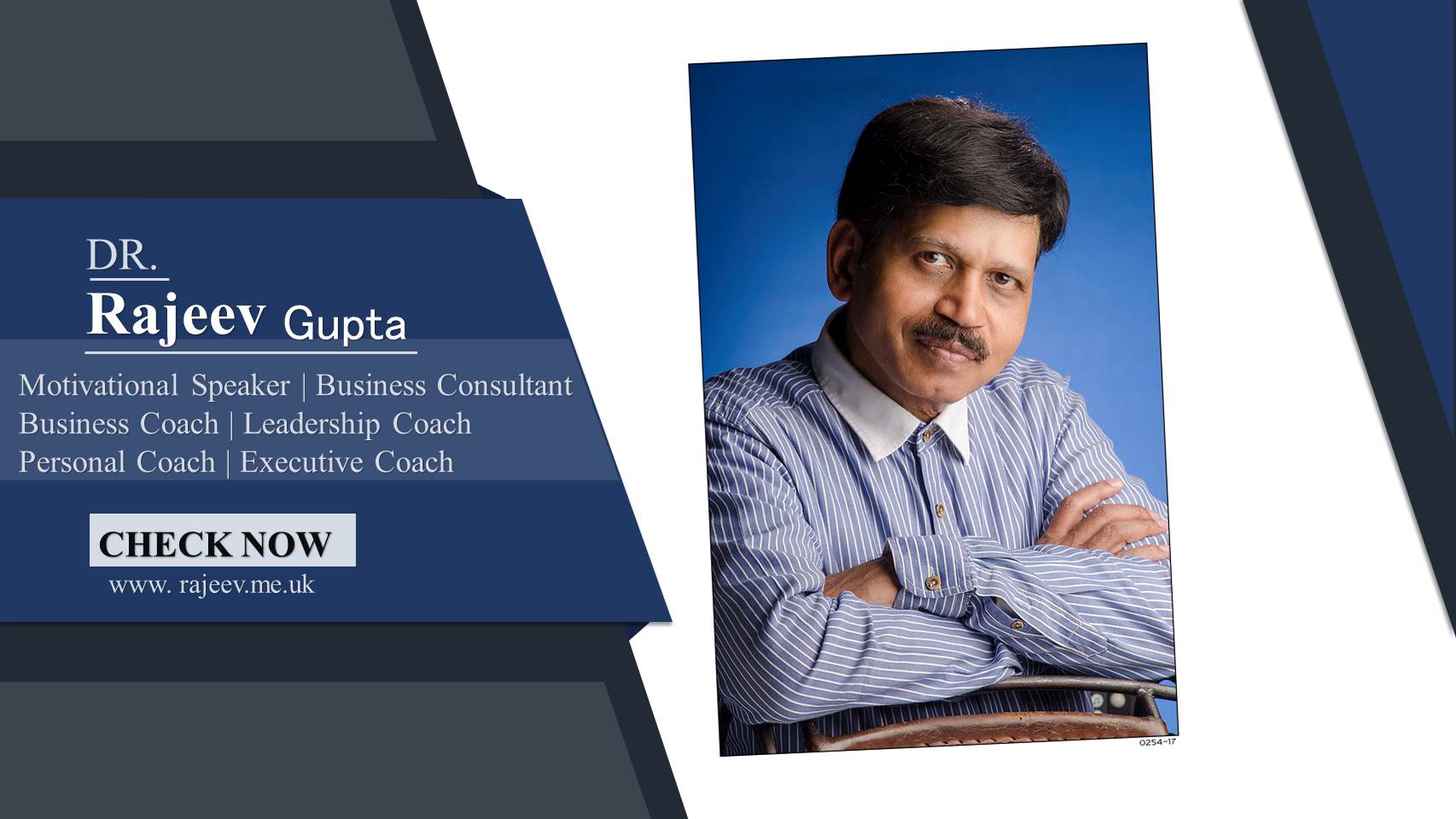Managing Innovation and Product Leadership
Achieving product leadership and retaining the tag is not easy. Organisations that invest millions of dollars into R& D and inventions might was of the view that they have arrived when they successfully launch a new product. But the game is far from over. The race has just begun. They have got to continue to innovate and develop brand-new product variations in the present stream and at the same time start working on new portfolio for the coming years before the present innovation or product becomes obsolete.
Most often the rivalry for organizations like Intel is no requirement be from the other challengers, but from within. Intel and 3M are perhaps best available known innovation commanders in service industries. Intel made a strategic decision to pursue leadership in microprocessors and changed from its successful land of remembering chips in 1985. Since then the company has been predominating the global market with more than 75% the shares. The product progress and senior management of the company believe that they are always running on a treadmill all the time and have the natural advocate to move faster to make the next fastest, smallest and best microchip with higher speed.
The advertisement indicating Intel’s third generation 386 microchip having lived all of its nine lives, 486 having two lives and the Pentium processer having all of the nine lives equilibrium best illustrates the Organization’s attitude to brand and product leadership.
Building and maintaining product leadership calls for excellence in managing as well as in R& D. In the current scenario, doing R& D on new innovative ideas is not simple . It involves billions of dollars, dedicated and customized facilities and the best skilled and creative staff to drive innovative theories. Handling has got challenges on many fronts. Get the direction and  strategy privilege for the Organization is perhaps one of the key challenges. If Sony established the best’ Walkman’ and Intel introduced the fastest micro processers, it is because the CEO’s got their vision and strategy for the Organization right. They could visualize and give shape to the idea who are able the future. Andy Grover stimulated that important decision to shift Intel’s focus from remember to micro processers in 1985 which proved to be the best decision.
strategy privilege for the Organization is perhaps one of the key challenges. If Sony established the best’ Walkman’ and Intel introduced the fastest micro processers, it is because the CEO’s got their vision and strategy for the Organization right. They could visualize and give shape to the idea who are able the future. Andy Grover stimulated that important decision to shift Intel’s focus from remember to micro processers in 1985 which proved to be the best decision.
Getting the right strategy and vision for the organization in terms of product leadership and outlook to invention is not easy. Especially in the rapidly changing engineering sector, Organizations find themselves facing rivalry from brand-new developing engineerings that can outrun the present product line and innovations. The situation for Intel is no different. Just when they have been investing into CPU and computer segment to innovate faster and higher acceleration microchips, the technology has appeared to be proving a different direction altogether. The shows are that Tv and communications seem to be taking over and superseding Home computers.

The creative engineering crew at Intel might be focused on innovating to build the next generation micro processers, but it is the senior government officials that may be scan the trends in the outside world and choose the direction in which it should expend and innovate. Essentially innovation is not limited to exploring new summits in the same segment or technology sector, but the Organization manages to opinion innovation from a totally different view. They engage multiple avenues to gather new ideas and information on the needs of the market, the suitable and rising technology tendencies that can support its ideas and enable them to create a concrete product that is futuristic and more importantly they work with customers extensively to refine their products and continue to pursue excellence in their chooses path.